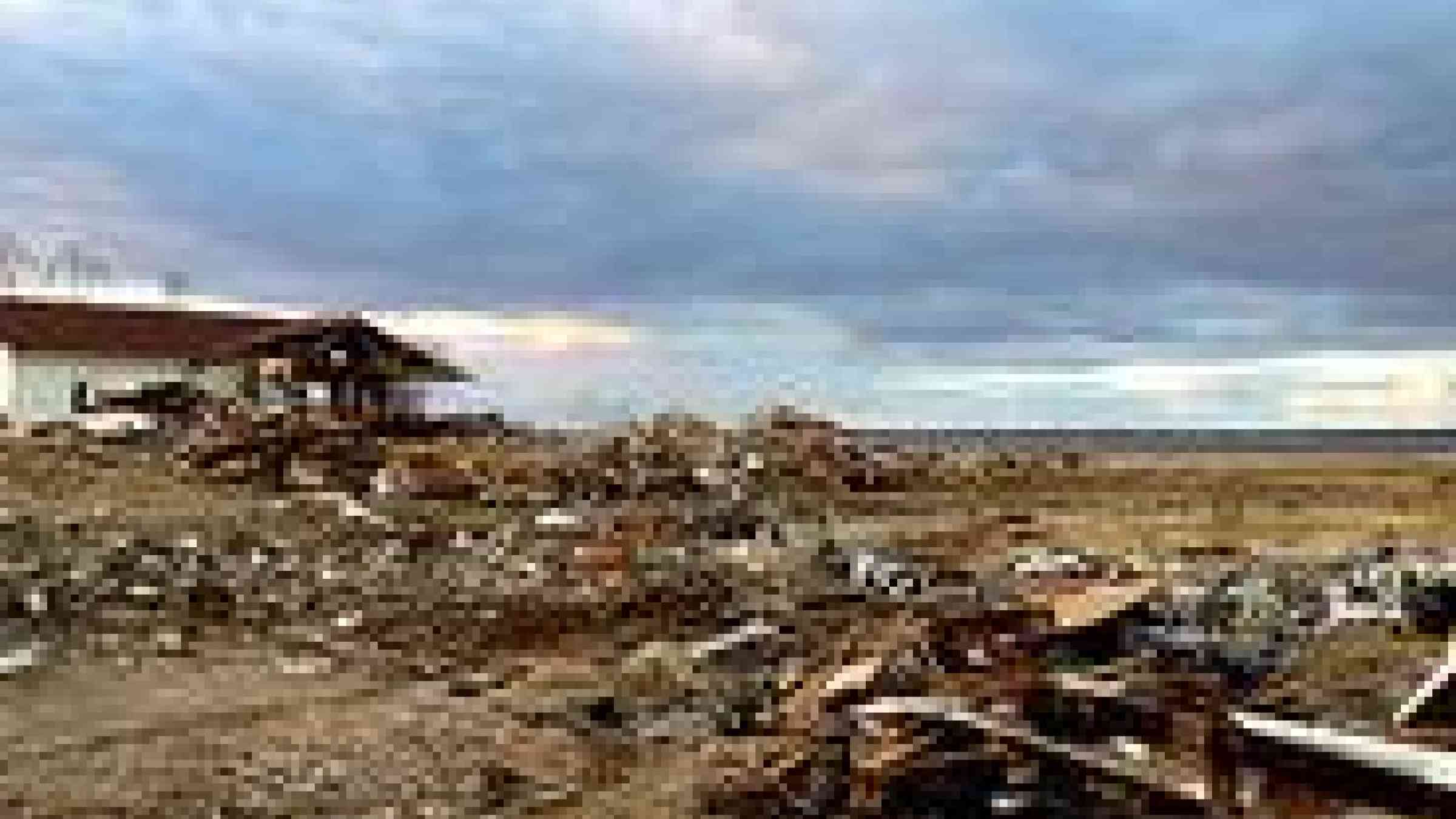Please help us improve PreventionWeb by taking this brief survey. Your input will allow us to better serve the needs of the DRR community.
Sandy task force suggests ways to handle future superstorms

by spleeness CC BY 2.0 http://www.flickr.com/photos/spleeness/8221141227
New York - A U.S. task force on rebuilding after Superstorm Sandy listed dozens of recommendations on Monday to help protect communities from rising sea levels and increasingly intense storms.
Among the 69 proposals included in its report, the Hurricane Sandy Rebuilding Task Force suggested improvements to the electrical grid and communication systems so they are less likely to fail in a storm and urged that the fuel supply chain be protected.
It recommended that governments and residents be given the best scientific data available on current and future risks, including a Web-based tool that uses federal agency information to project how high sea levels will rise, up to 100 years in the future.
"More than ever, it is critical that when we build for the future, we do so in a way that makes communities more resilient to emerging challenges such as rising sea levels, extreme heat and more frequent and intense storms," the report said.
It was released at a joint press conference by the task force chairman, U.S. Secretary of Housing and Urban Development Shaun Donovan, and New York City Mayor Michael Bloomberg.
President Barack Obama created the task force in December, months after the October 2012 storm devastated New York, New Jersey and other parts of the East Coast. Sandy killed at least 159 people, and damaged or destroyed more than 650,000 homes, leading to private insurance claims of $19 billion.
It knocked out subways, roads and bridges, and more than 9 million people lost power. In all, at least $30 billion to $50 billion in economic activity was lost.
"And we all remember the gas lines and generators sitting idle due to a lack of fuel, bringing the region and the economy to a standstill," Donovan said.
The task force found that a major focus should be protecting critical infrastructure.
Every dollar spent on hazard mitigation would save the country at least $4 if another disaster struck, Donovan said.
The U.S. Congress in January approved an emergency aid package of about $50 billion for areas devastated by the October 2012 superstorm. The Federal Emergency Management Agency alone has provided more than $12 billion in assistance, Donovan said. More assistance will be announced in coming weeks through federal Community Development Block Grants, he said.
"We are not just focused on speeding relief to families and communities," Donovan said. "We're also focused on protecting communities from the risks of a changing climate."
A competition called "Rebuild by Design," in which teams of architects and engineers address the risks, could deliver innovative ideas for rebuilding in the region, the report said. Other recommendations include:
- Helping victims stay in their homes by allowing quick emergency repairs.
- Providing consistent guidance on remediating indoor pollutants such as mold.
- Reforming the National Flood Insurance Program so that homeowners are not priced out of their homes.
- Making it easier for small businesses to access federal contracts for rebuilding. (Editing by Barbara Goldberg and Alden Bentley)
Explore further
Please note: Content is displayed as last posted by a PreventionWeb community member or editor. The views expressed therein are not necessarily those of UNDRR, PreventionWeb, or its sponsors. See our terms of use
Is this page useful?
Yes No Report an issue on this pageThank you. If you have 2 minutes, we would benefit from additional feedback (link opens in a new window).